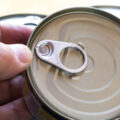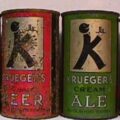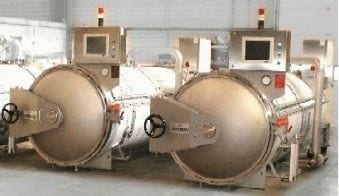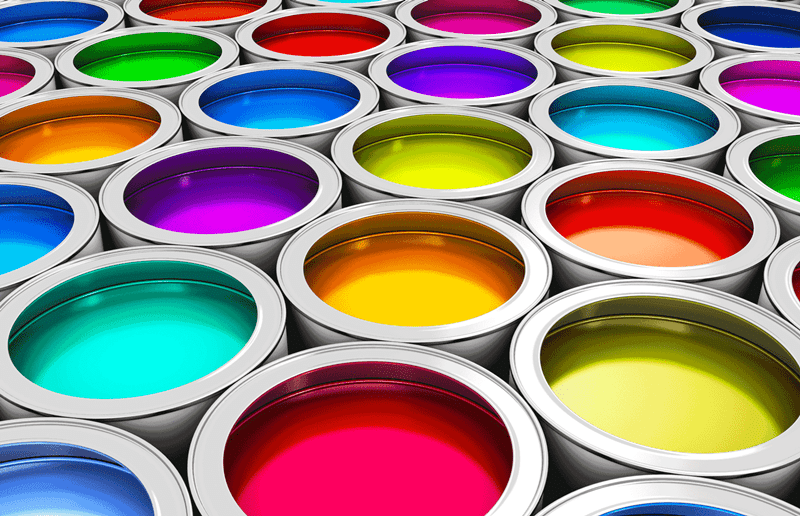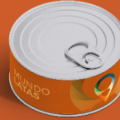The design of a can affects its usefulness in several significant ways:
- Hermeticity: The ability of a container to be absolutely airtight is crucial, as it protects the contents from external agents and ensures its integrity, maintaining the properties of the preserved food.
- Resistance to corrosion and mechanical damage: Cans should resist corrosion and possible mechanical damage to maintain product safety conditions during storage and distribution.
- Ease of opening: The efficiency of the opening system is vital. If a can is difficult to open, it may be classified as inferior and affect consumer perception.
- Physical appearance: In flat, rectangular or oval cans, the physical appearance of the contents is more relevant and may justify a higher price due to the extra effort in the arrangement of the product, such as sardines.
- Adaptability to mechanical filling: Cylindrical cans are more suitable for mechanical filling and may be preferable for products where appearance is not as critical.
- Label design and presentation: Graphic design and packaging presentation are critical for point-of-sale appeal and for conveying essential product information.
- Chemical integrity: The aim is to minimize the interaction between the package and the food in order to preserve characteristics such as color, aroma and flavor.
- Versatility: The ability to create different shapes and sizes of cans allows adapting the package to different needs and types of food.
- Prevention of corrosion during storage: External corrosion, which can be accelerated by unsuitable conditions such as humidity and sudden temperature changes, should be avoided.
- Protection against light: The opacity of metal containers prevents light from affecting the qualities of the product, especially vitamins.
These factors are essential to ensure quality, food safety and consumer satisfaction.


